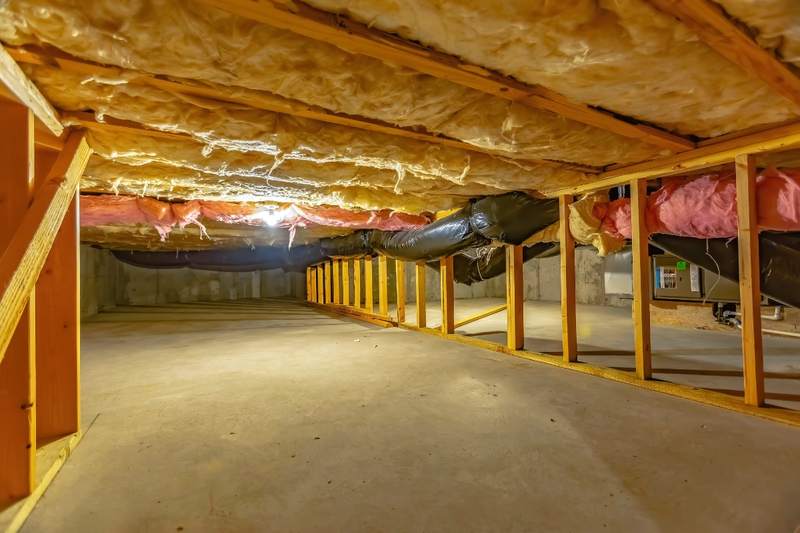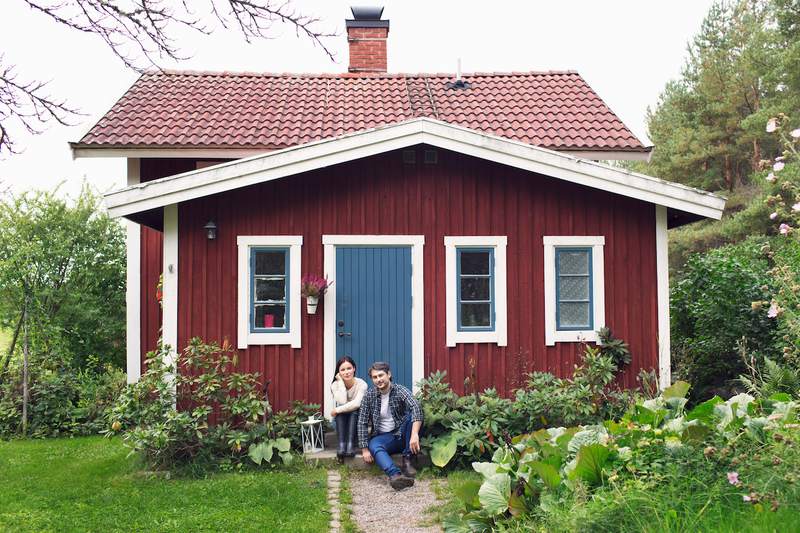
A conventional loan is the most common type of mortgage that borrowers take out to buy a home. But if your situation or the property you’re buying is unconventional, you’ll need to look into different types of home loans and explore alternative mortgage options.
Here are some of the key differences between conforming and nonconforming conventional loans and government-backed mortgages offered through the Federal Housing Administration, Veterans Affairs, and the Department of Agriculture:
Conventional Loans vs. Other Types of Mortgages
| Requirement | Conventional Loan | FHA Loan | VA Loan | USDA Loan |
| Minimum down payment | 5%, or 3% under special loan programs. | 3.5% | None. | None. |
| Minimum credit score | 620 | 500 | None. | None, but a score of 640 or higher is preferred. |
| Mortgage insurance | Required if you’re putting less than 20% down. | Required for all loans. | One-time VA funding fee instead of mortgage insurance. | Upfront and annual guarantee fees instead of mortgage insurance. |
Government-Backed Mortgages
Loans offered by government agencies such as the FHA, VA, and USDA to specific types of borrowers pose less risk to mortgage lenders. As a result, they have more-generous eligibility requirements. Here’s a look at some of the different types of mortgage loans offered by those agencies.
Conventional loans vs. FHA loans
FHA loans are geared toward people with lower credit scores who can make a small down payment. If your credit score is on the higher end, and you have at least 10% to 15% of the purchase price saved for a down payment, an FHA loan could be more expensive than a conventional loan.
Conventional Loans vs. FHA Loans
| Requirement | Conventional Loan | FHA Loan |
| Minimum down payment | 5%, or 3% under special loan programs. | 3.5% |
| Minimum credit score | 620 | 500 |
| Mortgage insurance | Required if you’re putting less than 20% down. | Required for all loans. |
Conventional loans vs. VA loans
VA loans are available only to eligible military service members, veterans, and their surviving spouses. While VA loans require no down payment and no mortgage insurance, not everyone can qualify for this type of mortgage. Conventional loans, on the other hand, are widely available.
Conventional Loans vs. VA Loans
| Requirement | Conventional Loan | VA Loan |
| Minimum down payment | 5%, or 3% under special loan programs. | None. |
| Minimum credit score | 620 | None. |
| Mortgage insurance | Required if you’re putting less than 20% down. | One-time VA funding fee instead of mortgage insurance. |
Conventional loans vs. USDA loans
USDA loans help low-income borrowers buy homes in eligible rural areas. Unlike conventional loans, USDA loans only may be used for certain types of properties in certain parts of the country. They also come with additional requirements, such as limits on your income and the size and value of the property.
Conventional Loans vs. USDA Loans
| Requirement | Conventional Loan | USDA Loan |
| Minimum down payment | 5%, or 3% under special loan programs. | None. |
| Minimum credit score | 620 | None, but a score of 640 or higher is preferred. |
| Mortgage insurance | Required if you’re putting less than 20% down. | Upfront and annual guarantee fees instead of mortgage insurance. |
Other Types of Home Loans
There are additional types of mortgage loans geared toward buyers with unique circumstances. Here’s a look at how they work, as well as the benefits and drawbacks of each.
Balloon mortgages
With a balloon mortgage, you’ll pay less each month, but your home won’t be fully paid off at the end of your loan term. Instead, you’ll owe one large final payment to cover the remainder of the principal.
The upside of a balloon mortgage is that it can make your life easier in the short term, and can work out well if, before the final payment, you refinance, sell, or set aside enough money to make the final payment.
Interest-only mortgages
With an interest-only mortgage, you only pay the interest on your loan for a set amount of time. This reduces your monthly payments during that period, which usually lasts five to 10 years. Once that introductory period is over, you’ll start paying the principal and need to make a higher-than-average monthly payment.
Interest-only mortgages can be helpful if you’re making less money now, but expect to have enough income to cover the larger payments by the time they come due.
Construction mortgages
Construction mortgages are for borrowers who plan to build a home. Construction loans cover only the cost of building the home. Once it�’s completed, you’ll need to apply for a mortgage to buy it. Construction loans have much shorter terms — often just a year — and usually have higher interest rates.
Renovation and rehabilitation mortgages
If you’re planning to buy a fixer-upper, then a renovation or rehabilitation mortgage might be the right mortgage for you. This type of loan covers both the cost of the renovations and the cost of buying the home itself — all paid with one monthly bill. For example, the FHA offers 203(k) rehabilitation loans that come with either a fixed or adjustable interest rate, and have generous eligibility requirements.
Manufactured-home mortgages
This loan type is for borrowers buying a manufactured or mobile home. Because these homes are prebuilt in a separate location from where the owner will live, lenders often do not consider them to be permanent property in the same way as a single-family home. However, Fannie Mae, Freddie Mac, the FHA, and the VA all offer manufactured-home mortgages, though eligibility and property requirements vary depending on the lender you choose.
Reverse mortgages
Reverse mortgages are for older homeowners who have been paying or have paid off their mortgage, and want to tap into their home equity to supplement their income while staying in their home. This can be done as a lump sum, a series of payments, or both.
However, keep in mind that there will be interest and fees on the amount you borrow, which will increase the total amount you owe over time. You’ll lose equity and the loan balance will grow. You won’t have to pay back the principal until you no longer live in the home, which often means you’ll have to sell it.
FAQ: Alternatives to Conventional Loans
Here are the answers to some frequently asked questions about conventional loans.











